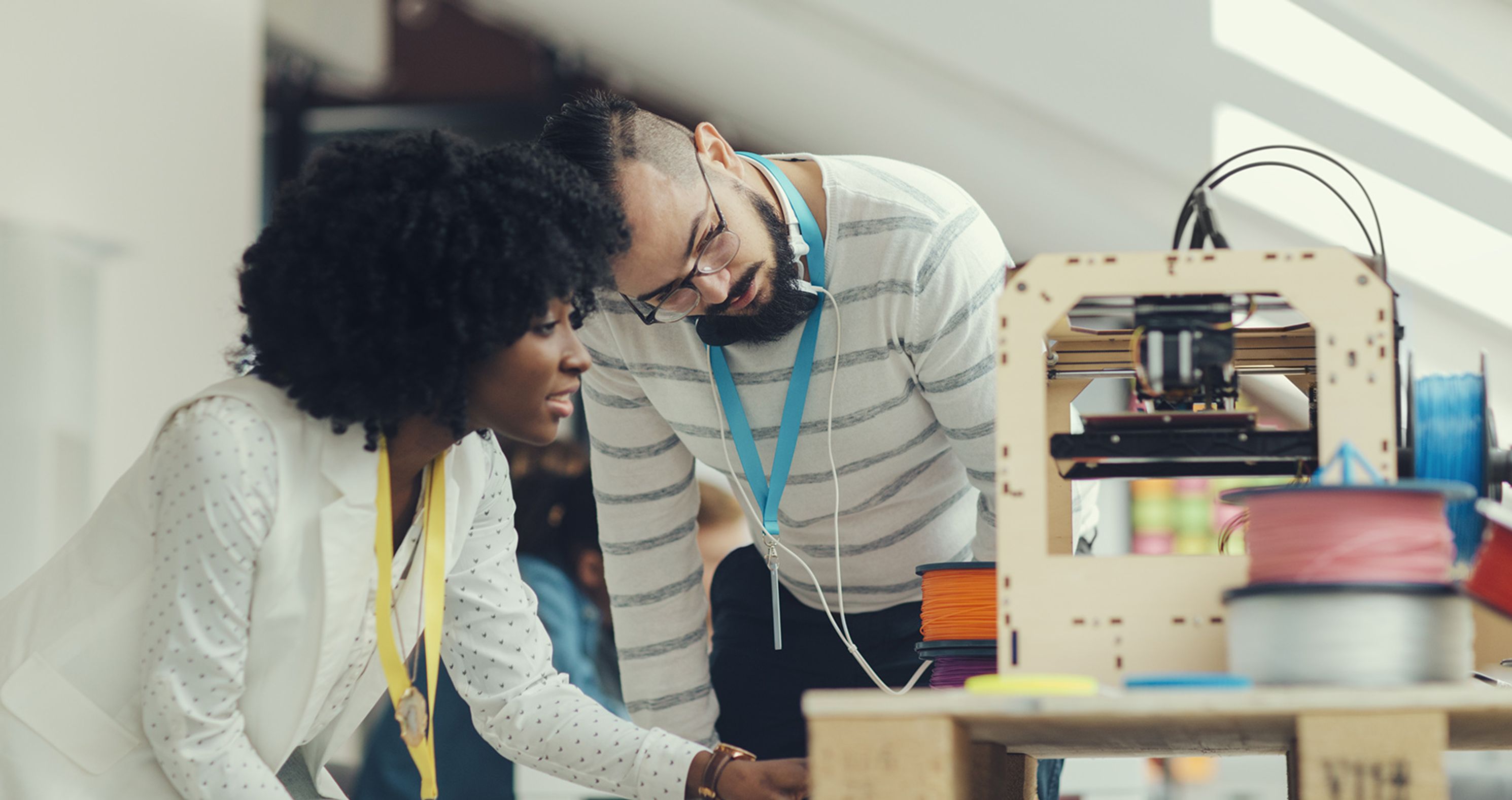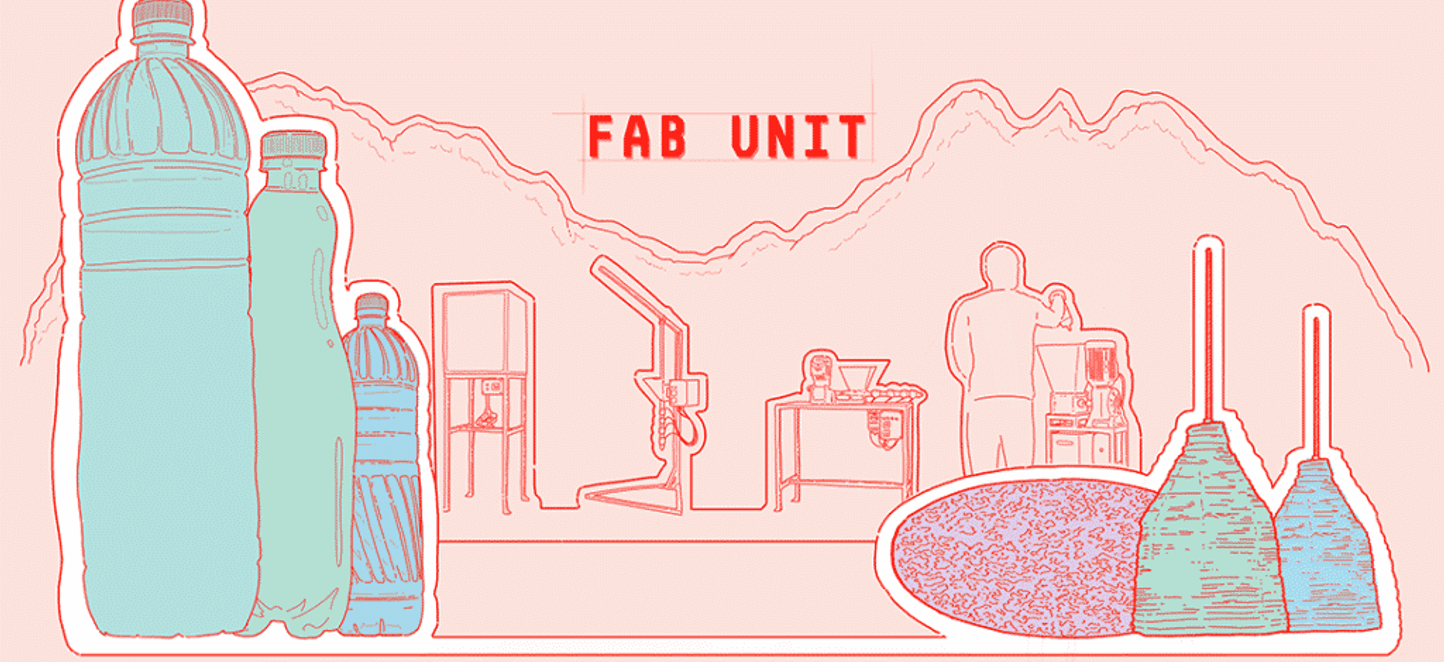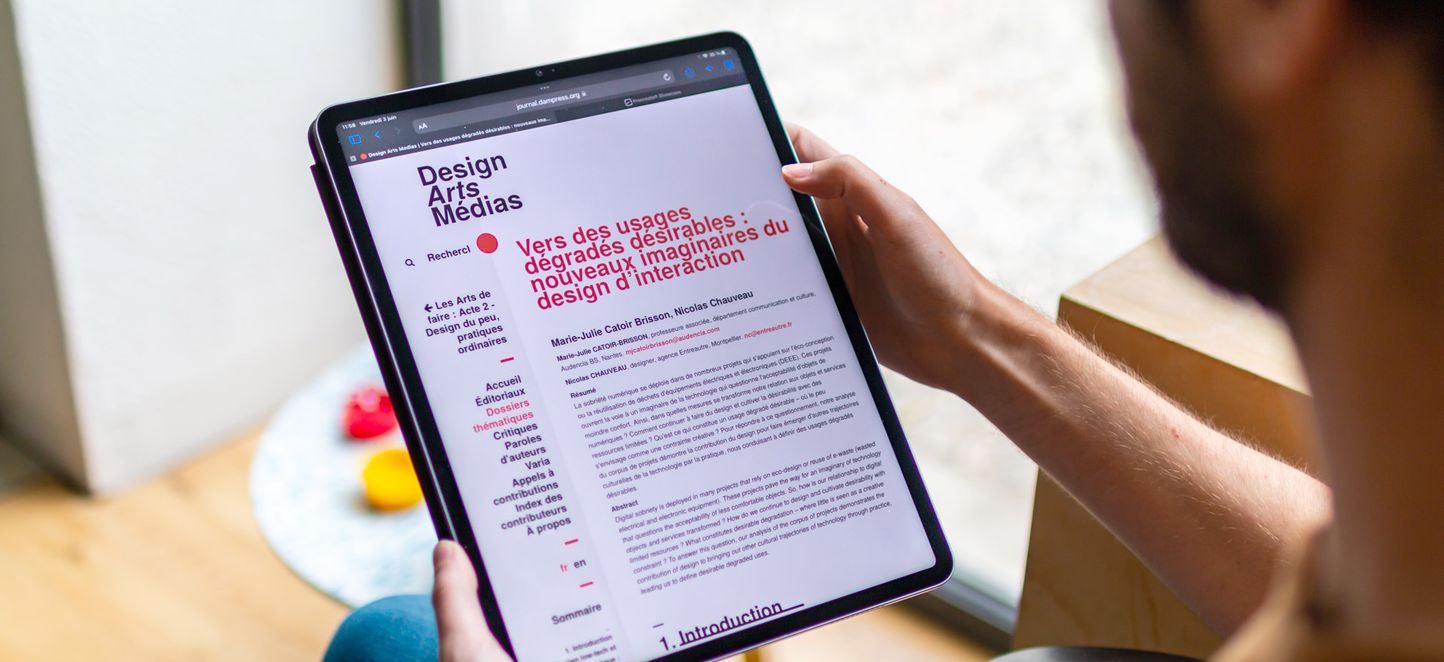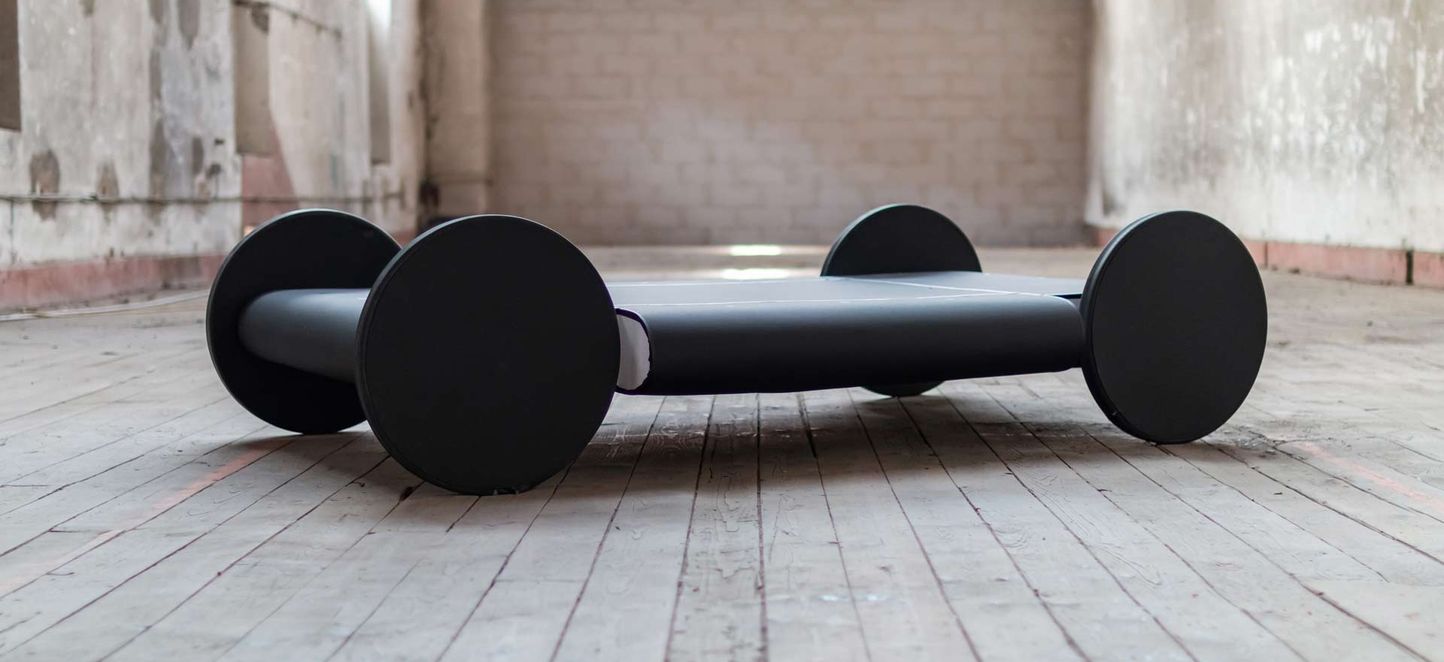
Agile industry through local supply chains and 3D printing
In 2015, we launched the PROFIL project—a simple, modular, and customizable wall mounting system. Our goal was to leverage 3D printing for something truly useful, which we saw as an ideal response to the rise of personal manufacturing. While the “maker revolution” didn’t unfold as expected, the project allowed us to question centralized production models and explore the concept of short supply chains for physical goods.
The extraordinary circumstances we’re living through today have reset priorities, highlighting what is truly essential. This shift invites us to reconsider the value of projects like ours, which focus on improving home environments. We’re witnessing a breakdown of barriers that typically limit alternatives to dominant production models. Not long ago, who would have dared suggest making medical equipment out of a snorkeling mask? Would fab labs have been permitted to produce protective gear? Likely not—yet current experiences have shown that this is indeed possible.


With PROFIL, we envisioned manufacturing products with 3D printers located close to end-users, relying on a network of artisan-makers and equipped facilities. This approach, known as distributed manufacturing, enables files to travel instead of physical goods.
In recent weeks, we’ve seen an accelerated organization of distributed manufacturing, especially for producing masks and protective face shields essential in combating the pandemic. The rapid evolution of additive manufacturing has been staggering—moving from creating figurines to producing critical ventilator parts that help keep people alive. This urgent situation has demonstrated the immense potential and advantage of being able to produce nearly any kind of object quickly.
An example of this is the 8fablab, where the team immediately mobilized to produce protective face shields. To date, around 1,500 pieces of equipment have been manufactured and distributed to medical facilities in Crest, Montélimar, and Valence. Now, with the easing of lockdown measures, demand has expanded to include businesses, local authorities, and artisans seeking protective gear.
This case study offers a powerful preview of what FAB UNIT will be capable of achieving. We’ve previously discussed this project, which now seems essential: enabling local production of objects that meet regional needs.
While today’s priority is to produce masks, ventilators, and the like, tomorrow’s priority will be to rethink production methods and consumption circuits. With FAB UNIT, we aim to revitalize local manufacturing using digital technology. Additionally, we plan to incorporate resources and materials already available locally through plastic recycling initiatives (like #PreciousPlastic), repurposed wood, furniture components, and electronic parts.
Our objective is to produce a wide range of items in small and medium-sized batches, with the flexibility to quickly adapt production lines and assembly setups to each specific project—let’s call it versatile production.
This new, resilient model is one we are fully committed to developing and testing. We are learning by doing, adapting the project to real needs on the ground and taking advantage of opportunities as they arise.


